Reminiscences of a Raleigh Boy, Part 1: Blount Street
The Blount Street Saga
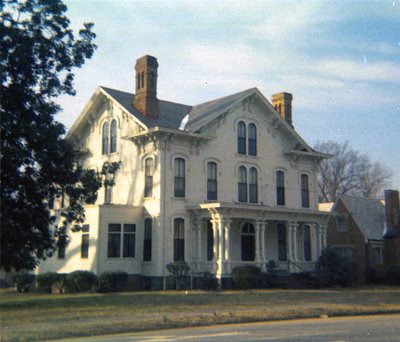
Andrews-Duncan House in 1967
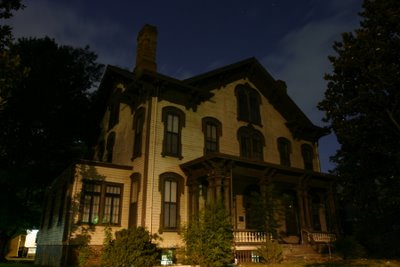
Andrews-Duncan House in 2008
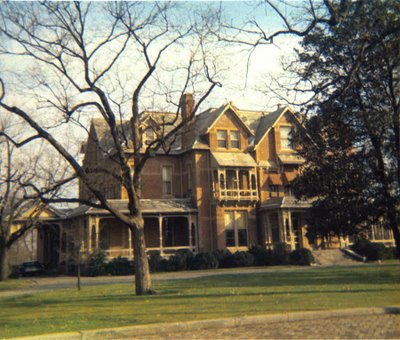
The governor’s mansion in 1967, before the fence
North Blount Street’s glory days as Raleigh’s premier 19th century residential district are long gone… Even before state began its systematic destruction in the early 1960s of the architectural gems that once lined the street the glitter had already faded. For the past 40 years she has held her ground, though, like a proud gap-toothed dowager, barely on life support from the state, patiently awaiting her final demise.
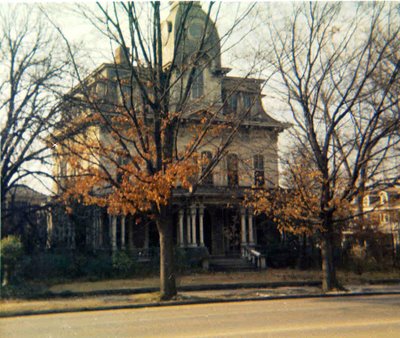
Heck-Andrews House in 1967
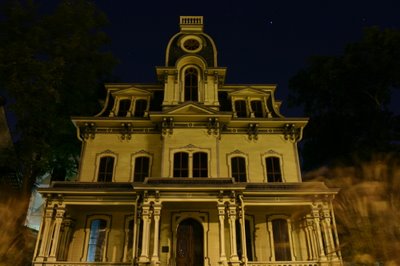
Heck-Andrews House in 2007
When I was a kid in the ’60s N. Blount St. was the primary access route from my neighborhood near Lions Park into downtown Raleigh. I used to marvel at all the stately homes that graced the street, inventing names for many of them…the Heck-Andrews house became “The Blount Street House,†another towered confection the “Addams Family House,†the old Meredith building: “The Castle.†My family attended church downtown, so I looked forward to the weekly visit to my Blount Street fantasyland. Later, I attended junior high at the old Morson (High) School over on E. Hargett St., riding the city bus with the other kids in my neighborhood. Now my weekly visits became a daily event. That’s about the time the state went on its demolition spree, clearing land for its planned grandiose “state government office complex.â€
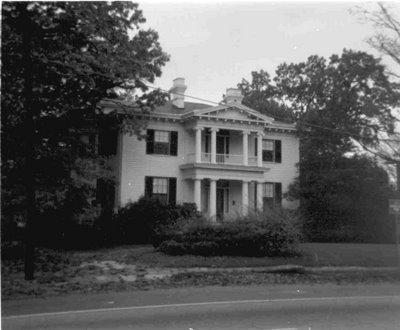
Lewis-Smith House in 1965, when originally located on Wilmington St
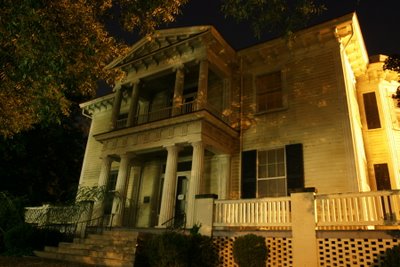
Lewis-Smith House now located on Blount Street
The first to go were two huge twin Second Empire style houses across the street from “The Castle.†They looked like giant frame versions of the Hinsdale house (i.e. now the Second Empire restaurant) on Hillsboro St. (Story was they were built ca 1875 by twin brothers, hence their identical appearance.) Every day as the bus went by, I witnessed their gradual destruction bit by bit until there was nothing left at all. Then the rest of the northern half of that block went. A state government surface parking lot is there now.
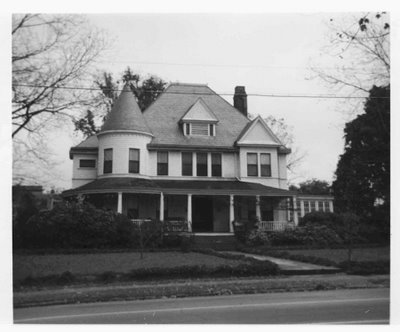
J.H. Pou house in 1965, cor Blount and Polk (gone)
In 1964 I got my first camera — a Kodak Instamatic. That’s when I began to document as many of the Blount Street wonders as I could. On weekend forays downtown I would walk the length of the street all the way from New Bern Ave. out past Peace College, snapping black and white photos along the way.
Then, in 1967 “The Castle†went… I was heartbroken! Then the entire 200 block across from the Governor’s mansion went; then the mansion across the street from the Andrews-Duncan house; then one-by-one, more houses went, cherry-picked by the demolition crews as the state acquired more and more property. I dreaded the day I would come downtown and my beloved Blount Street House, too, would have disappeared!
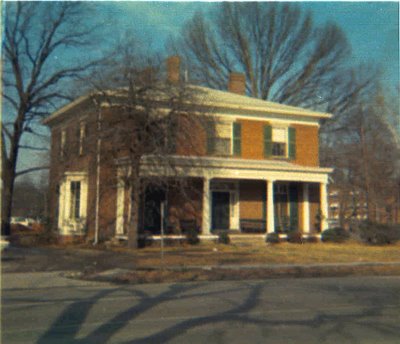
Richard Haywood House in 1967, cor Edenton and Blount
Finally, the madness abated when the state finally realized that a grandiose, landscaped, lake-studded, government office park downtown was unfeasible. (We did get the “Stalinesque†government mall, though, which wiped out another historic neighborhood; but that is another story.) Coincidentally, about this time sentiment favoring historic preservation began to surface: the City of Raleigh Historic Sites Commission was created in 1967; The Society for the Preservation of Historic Oakwood in 1972 (That neighborhood came a hair close to being wiped out too, but that’s also another story.) Then in 1972 the Heck-Andrews House was designated an historic site by the City of Raleigh Commission. Soon the remaining Blount Street houses were likewise designated, and that’s what you see there today. Wherever you see a parking lot now, that is where a Blount Street House once stood. Although the state subsequently moved a handful of properties to Blount St. in order to save them from demolition (oh the irony!), the area seemed destined to further stagnate as state government use became entrenched.
Fast-forward 30+ years, and a real revitalization seems finally at hand, spearheaded by the Blount Street Commons project. Now back in private hands, Blount St. will be restored, so to speak, in an attempt to preserve what is left and to provide in-fill sites for endangered properties and style-appropriate structures. With the Jordan and Merrimon houses now on their way, it looks like the gap-toothed dowager is finally getting a much needed boost in life support, as well as some long overdue implants!

 Sign up for the Newsletter
Sign up for the Newsletter
06/20/2008
Really looking forward to having Blount St. be that fantasyland of great history and beautiful houses. Thank you, Karl, for sharing your photos.
..oh right, John, nice photos too. (I kid I kid)
06/24/2008
Very cool pictures and the contrasting images are a visual treat.
You have to love the color present in the sixties shots. “Kodachrome, give us those nice bright colors.”
07/03/2008
I too am a Raleigh boy, but not quite as old as you.
Although “The Castle” was torn down when I was about 7 or 8, I don’t remember it and I’ve only seen very old pictures of it.
Do you have any of it from the 1960s when you were taking your photos?
Thanks. I really enjoyed both the photos and your recollections.
07/03/2008
Just posted above and looked at the pictures again, this time enlarged.
Is that “The Castle” in the background on the right of the Haywood House?
07/03/2008
Thanks for the feedback Anonymous…Glad to know you enjoy the old photos I took so long ago! I do indeed have some shots of “The Castle” before it was torn down. The building you see in the background of the Haywood House is actually an annex to the Castle, which is just to the right, out of the frame of this shot.
You may want to check out my other post on this blog, Reminiscences Part 2 @ http://goodnightraleigh.com/2008/06/reminiscences-of-raleigh-boy-part-2
06/01/2009
Love your series documenting a bygone era in Raleigh. The first time I visited Raleigh was on a school field trip when I was in 4th grade, way back in 1989…we parked in one of the many Blount st. surface lots and I remember, even as a 9 year old, marveling at the Heck-Andrews house and its tower. It was in pitiful shape at that point, all one color, paint peeling and the 1st floor windows boarded, but it intrigued me. I moved here in 1998 to attend NCSU and made it a point to drive past every so often…I was extremely happy when the exterior restoration occured a few years back. Still my favorite structure in Raleigh and one of my favorite homes anywhere.
Do you have any more pictures of some of these vanished Blount St. and surrounding area homes? I’d love to see some more of what once was, even if it does make me angry at the reckless destruction that occurred so many years ago.
08/13/2011
If you will send me an e-mail I will send you a picture of the William Polk House when it was located at 406 N Blount Street and served as a dormitory for the Raleigh School of Commerce. Picture is circa 1938 when my great aunts purchased the house. This picture is from the cover of their brochure and is somewhat obscured by trees. I also have a picture of the entry and staircase if you are interested.